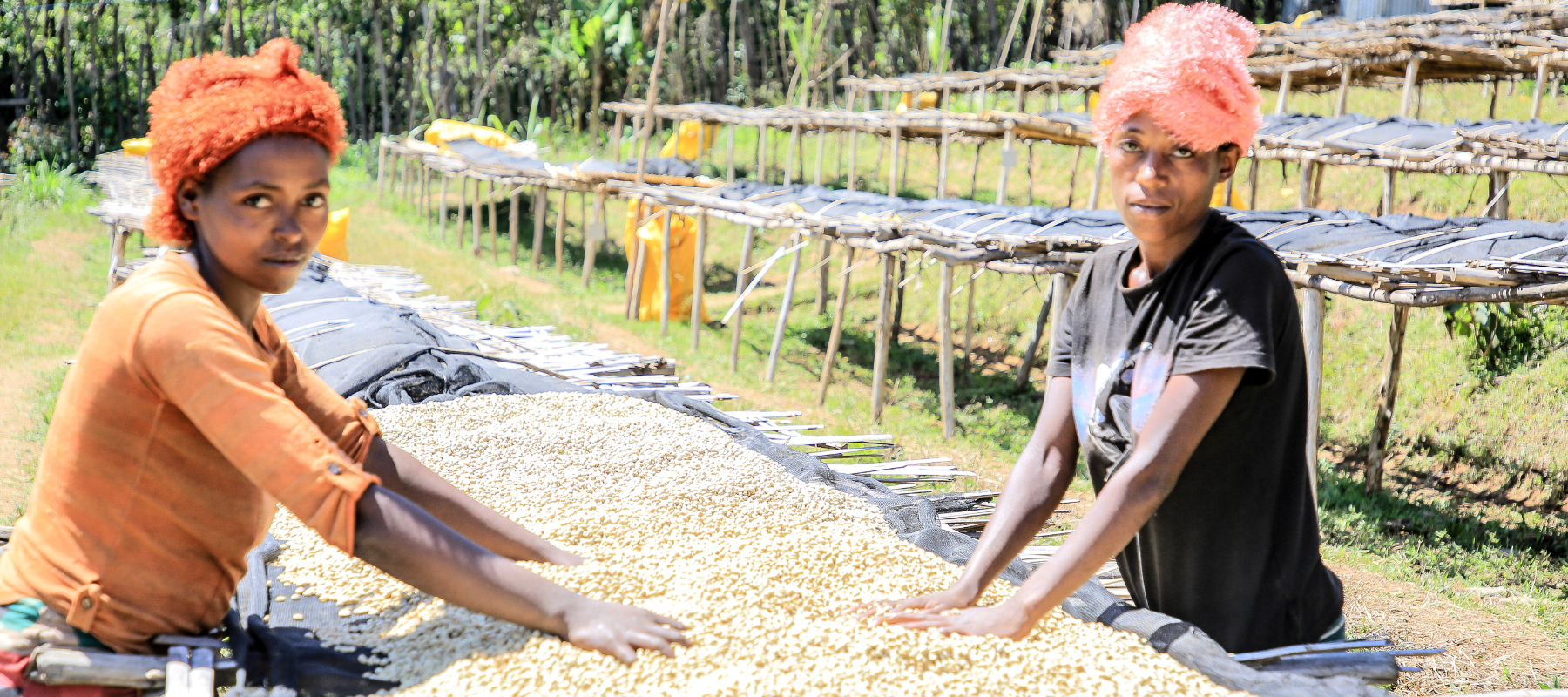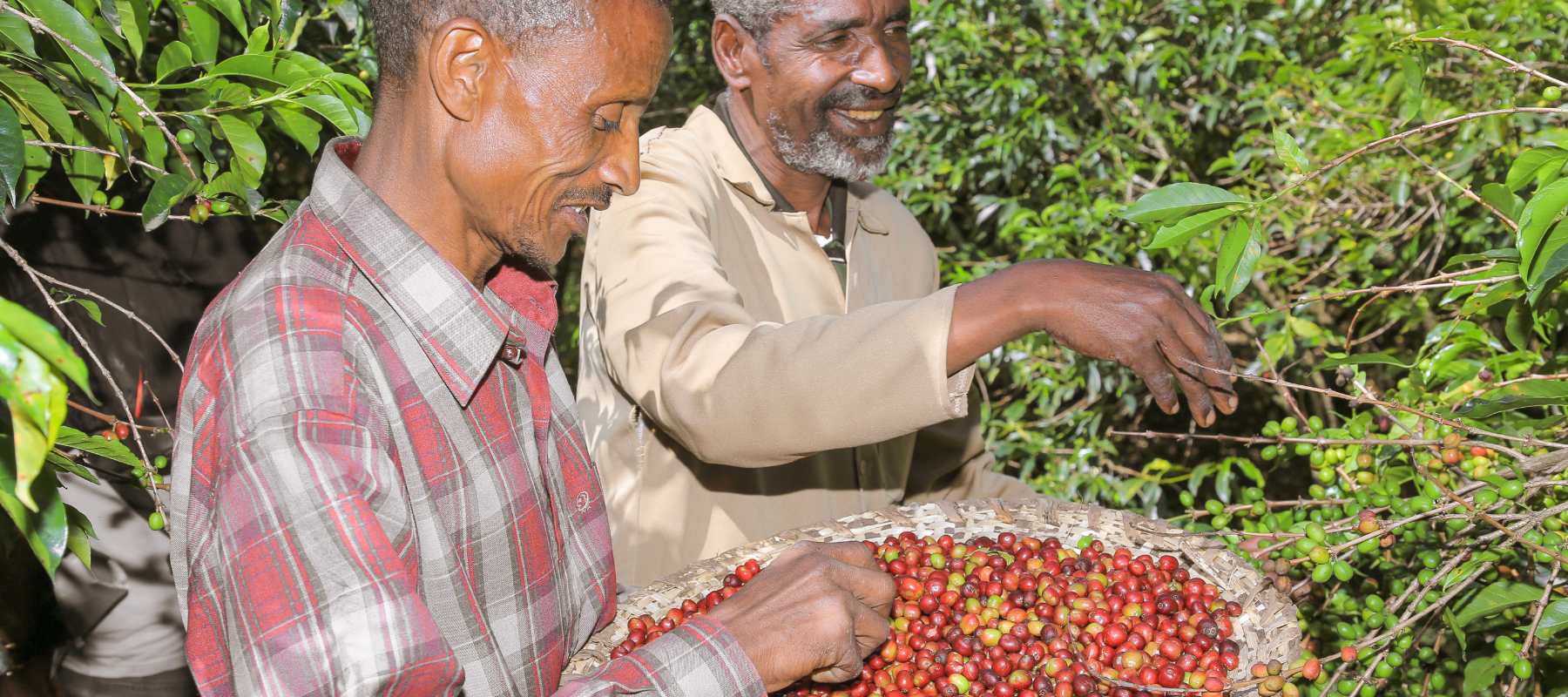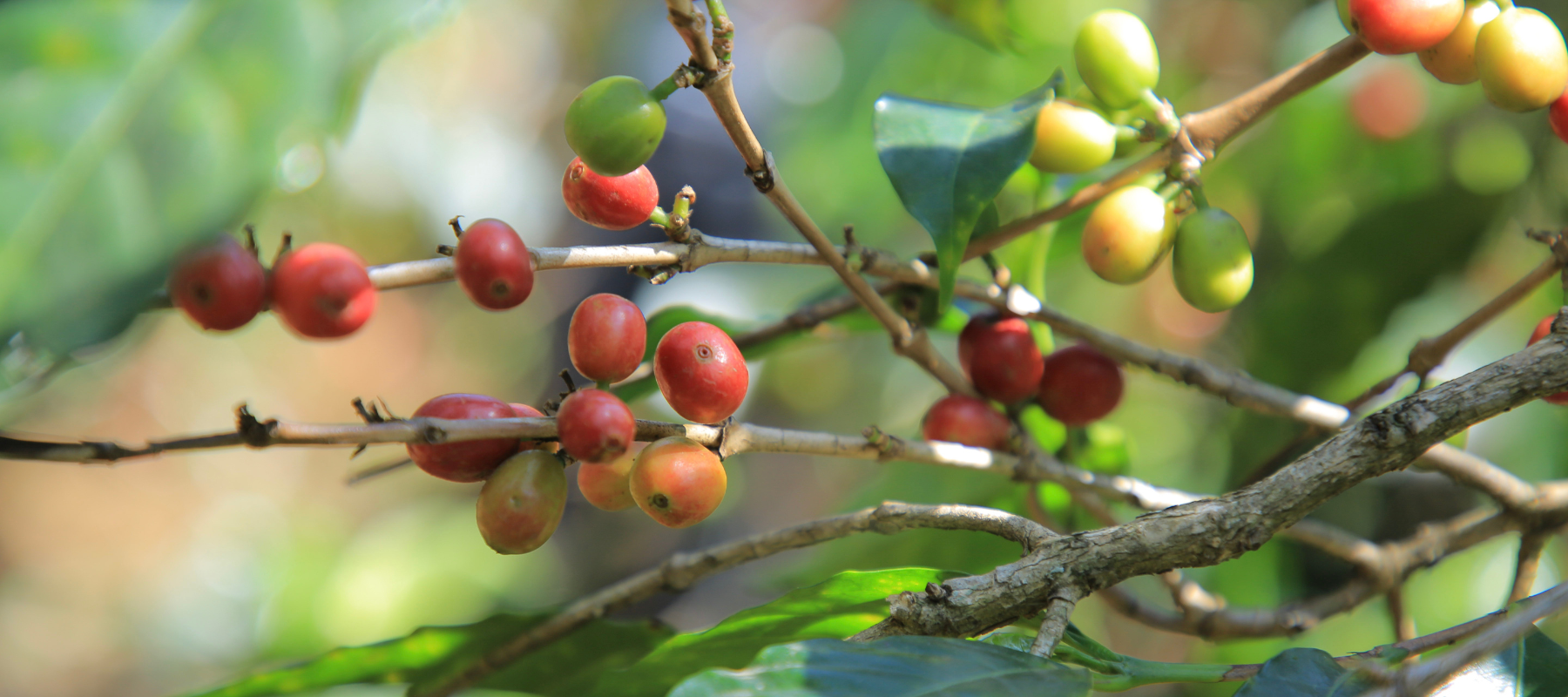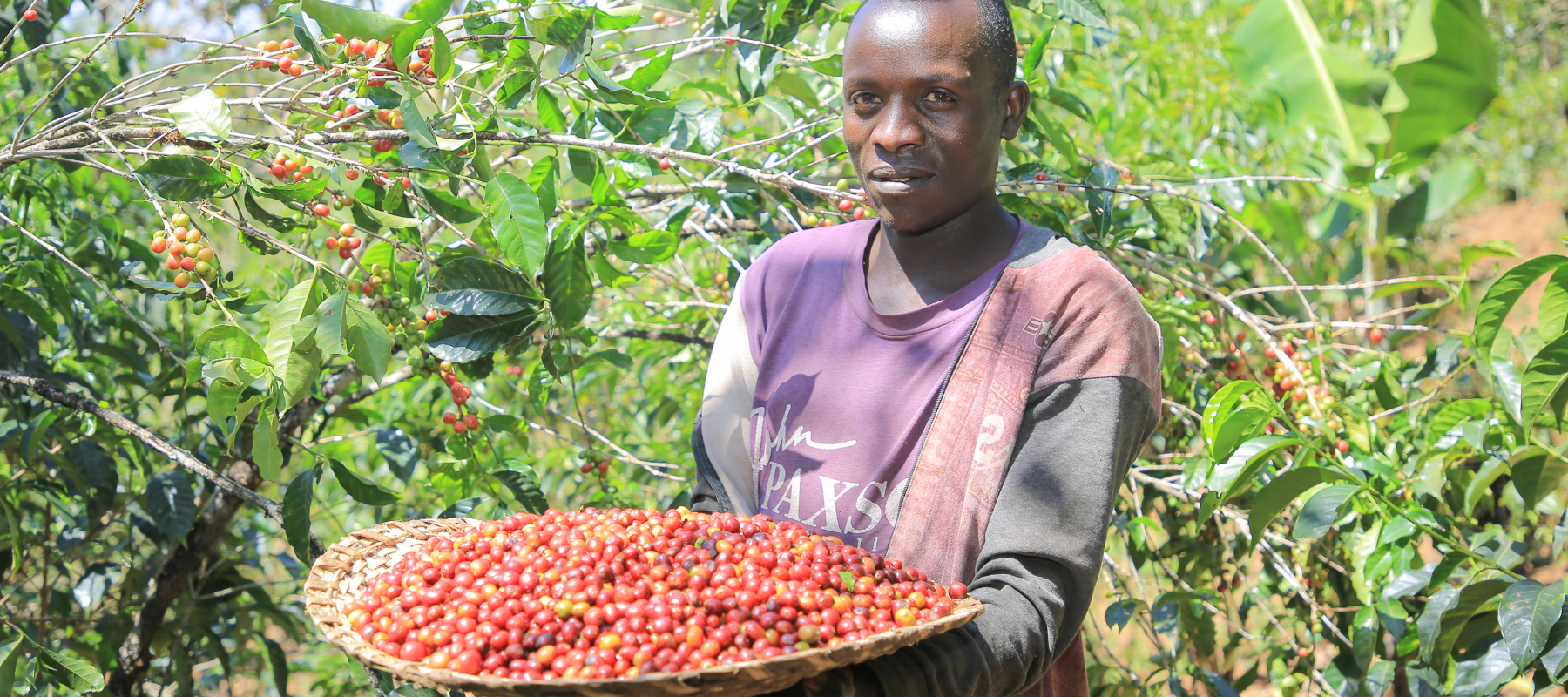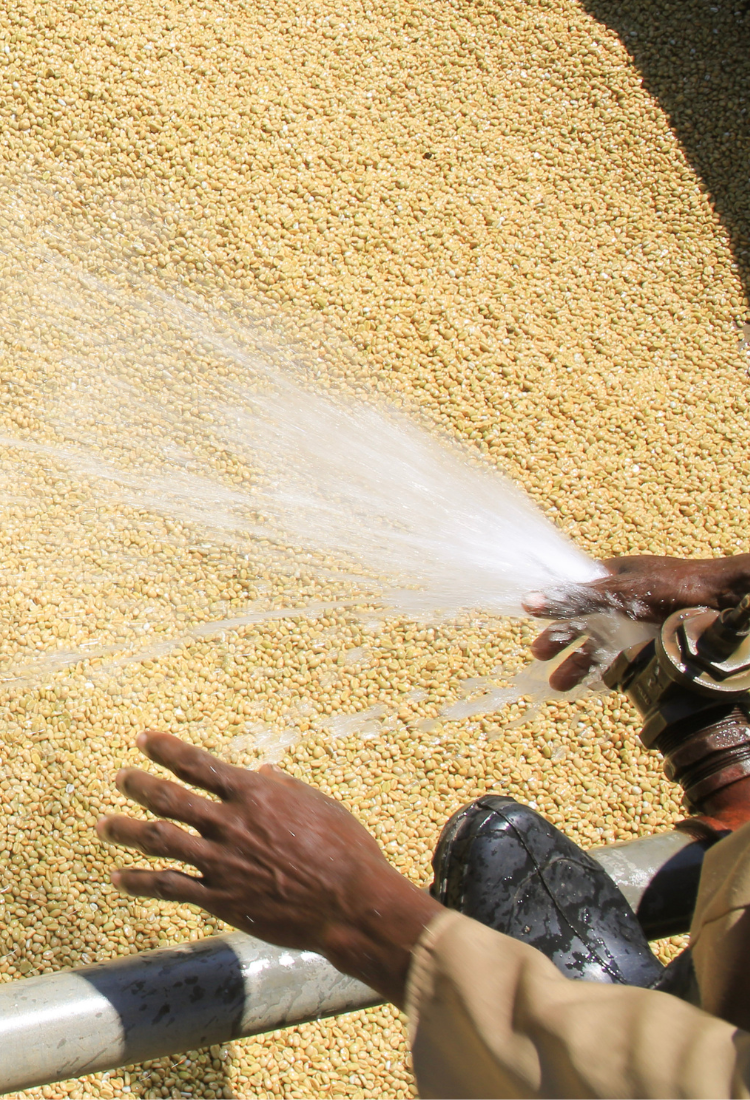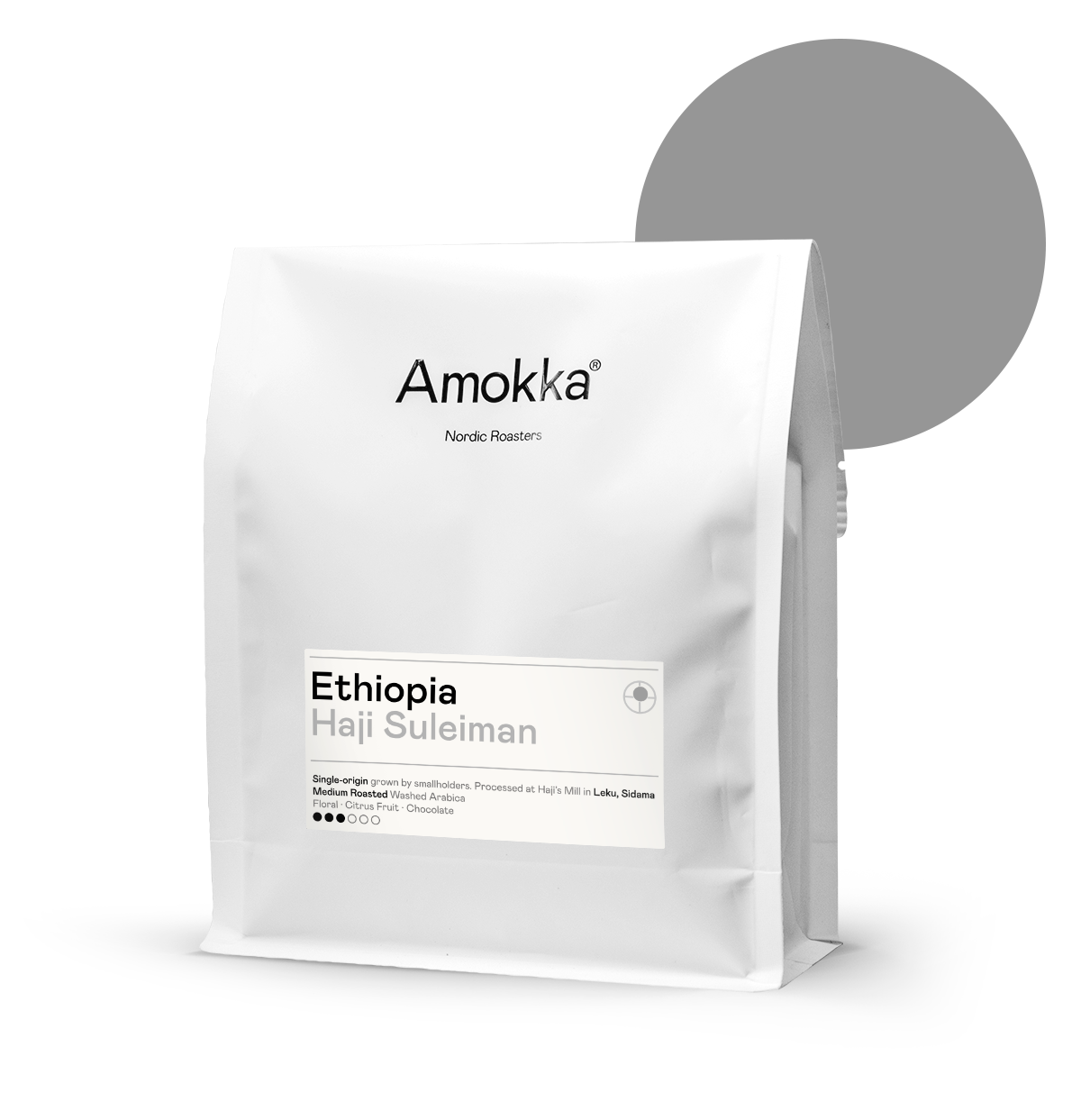
Ethiopia Haji Suleiman
With the help of our friend Daniel, we have sourced this beautiful Ethiopian Coffee from Sidama. We are now proud to offer this coffee as a single origin, previously reserved only for our signature blend Amokka Crema.
“It’s an open secret that Ethiopia is one of our favourite origins. Ethiopian coffee has some of the most dynamic and interesting flavours you’ll find anywhere in the world. The complexity and depth is outstanding.
We recommend it for both filter and espresso but perhaps with a little less milk than usual – or dare to drink it black! – you’ll be surprised how sweet and gentle it is.
In Haji Suleiman we find, typical to Sidama coffee, an elegant and sweet floral aroma with flavours of stone fruit and berries. This coffee has bright acidity balanced with a rich body and a long lingering aftertaste. It’s truly a memorable cup.”
Origin
Ethiopia
Region
Leku, Sidama
Producer
Beshu Washing Station
Varieties
Heirloom Varietals
Processing
Washed
Crop Year
2024
Altitude
1700-2200m.a.s.l.
Roast level
2 out of 6
Flavour Notes
Floral, Citrus
Roaster
IMF
Batch Size
30 kg
End Temperature
210.2°C
Time
8.48 minutes
Ethiopian coffee is an adventure of flavour! As the birthplace of coffee, it offers insight into what the very first coffee consumed tasted like, and how it rose in popularity. When reading about Ethiopian coffee production, before long, you’ll start to see the word “heirloom”. In Ethiopia, it is used as a catch-all term for the many wild or genetically undefined varieties that are native to the country. It is estimated that there are between 10,000 and 15,000 heirloom varieties in Ethiopia today, the majority of which have not been formally genetically identified.
Rather than farming like in most other parts of the world, coffee is still growing wild in many parts of Ethiopia. Coffee trees can be found growing on mountains and in ancient forests harvested and tended to by locals for generations.

Choose options

Leku, Sidama, Ethiopia
Haji's Washing Station

The Role of Washing Stations in Ethiopian Coffee


